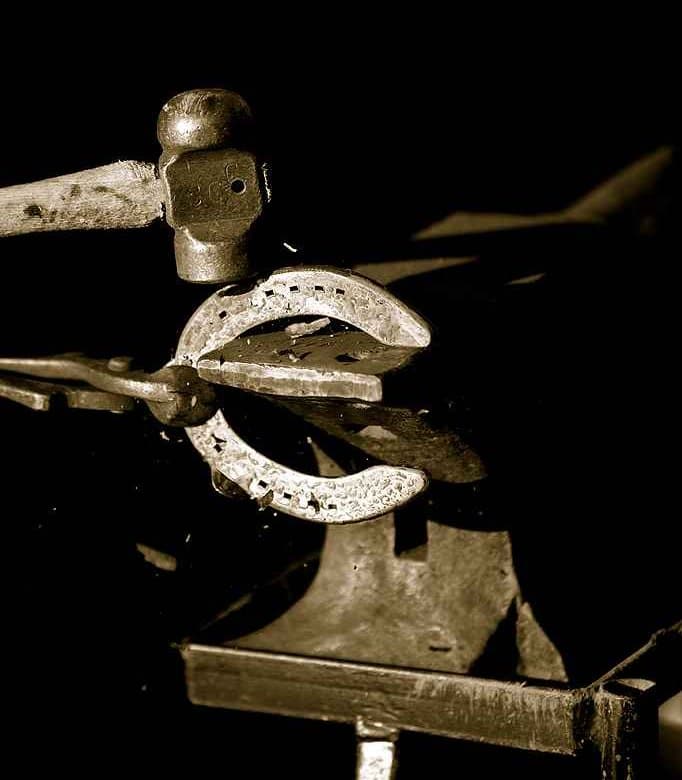This course cost – $12,900.00
Note:
$2500 of New Tools for Horseshoeing Provided for Your Use:
* If you graduate, Paul will even give you all of these tools to help you start your farrier business.
Course includes:
GREGORY’S Textbook of Farriery- 2011 Hardcover edition
480 clock hours – This Course is designed for students who wish to obtain a skill level such that they can competently shoe a horse with therapeutic issues considering its confirmation, therapeutic problems and do so within two hours, make a pair of handmade therapeutic shoes from beginning to end within an hour and a half to a specific pattern, correctly identify and have a firm grasp of the many different foot diseases, injuries, and conformation problems, and begin work as an independent farrier, though apprenticeship is still recommended.
In the 12-week course at the Arkansas Horseshoeing School, we build upon the knowledge acquired in the 8-week course. This more advanced course will cover:
- AHSS 1000: Hot Forge 80 hrs
- AHSS 2000: Trimming 80
- AHSS 2100: Fitting 240
- AHSS 3000: Hoof Problems and Diseases 80
Total – 480 hrs
Some topics covered in the course includes;
- Introduction to Farrier Science
- Horse Handling
- Equine Anatomy and Physiology
- Hoof Trimming and Balance
- Using the Forge and Anvil
- Basic Horseshoeing: Putting It All Together
- Handmade Shoes
- Hot Shaping
- Lameness
- Therapeutic Horseshoeing
- Business Management


